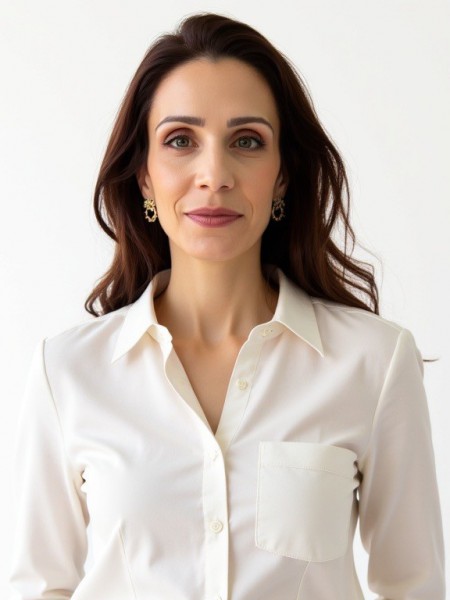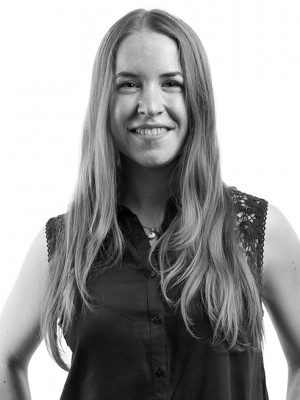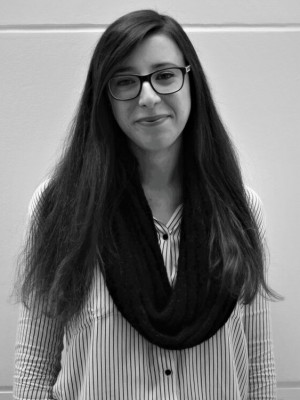resumo
Biomimetic systems often exhibit striking designs well adapted to specific functions that have been inspiring the development of new technologies. Herein, we explored the remarkable ability of honey bees to catch and release large quantities of pollen grains. Hair spacing and height on bees are crucial for their ability to mechanically fix pollen grains. Inspired by this, we proposed the concept of a micropatterned surface for microparticle entrapment, featuring high-aspect-ratio elastic micropillars spaced to mimic the hairy surface of bees. The hypothesis was validated by investigating the ability of polydimethylsiloxane microfabricated patches to fix microparticles. The geometrical arrangement, spacing, height, and flexibility of the fabricated micropillars, and the diameter of the microparticles, were investigated. Higher entrapment capability was found through the match between particle size and pillar spacing, being consistent with the observations that the diameter of pollen grains is similar to the spacing between hairs on bees' legs. Taller pillars permitted immobilization of higher quantities of particles, consistent with the high aspect ratio of bees' hairs. Our biomimetic surfaces were explored for their ability to fix solid microparticles for drug-release applications, using tetracycline hydrochloride as a model antibiotic. These surfaces allowed fixation of more than 20 mg/cm(2) of antibiotic, about five times higher dose than commercialized patches (5.1 mg/cm(2)). Such bioinspired hairy surfaces could find applications in a variety of fields where dry fixation of high quantities of micrometer-sized objects are needed, including biomedicine, agriculture, biotechnology/chemical industry, and cleaning utensils.
palavras-chave
DRUG-DELIVERY SYSTEMS; ADHESION; SURFACES; RELEASE; DESIGN; MICRO; SKIN
categoria
Science & Technology - Other Topics
autores
Santos, LF; Silva, AS; Correia, CR; Mano, JF
nossos autores
agradecimentos
We thank the initial support from Dr. Joao Gaspar (International Iberian Nanotechnology Laboratory) in the preparation of the silicon micromolds. We also acknowledge the support from Prof. Isabel Henriques (Centre for Environmental and Marine Studies) in the development of the antimicrobial assays. We acknowledge the project CICECO-Aveiro Institute of Materials, POCI-01-0145-FEDER-007679 [Fundacao para a Ciencia e Tecnologia (FCT) Ref. UID/CTM/50011/2013], financed by national funds through the FCT/Ministerio da Educacao e Ciencia. This work was supported by project ATLAS of the European Research Council Grant Agreement ERC-2014-ADG-669858 (to J.F.M.). This work was also financed by Postdoctoral Grants BPD/UI89/7350/2017 (to C.R.C.) and BPD/UI89/7429/2016 (to A.S.S.) and Research Grant BI/UI89/8057/2018 (to L.F.S.).





